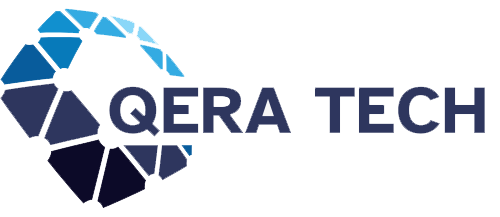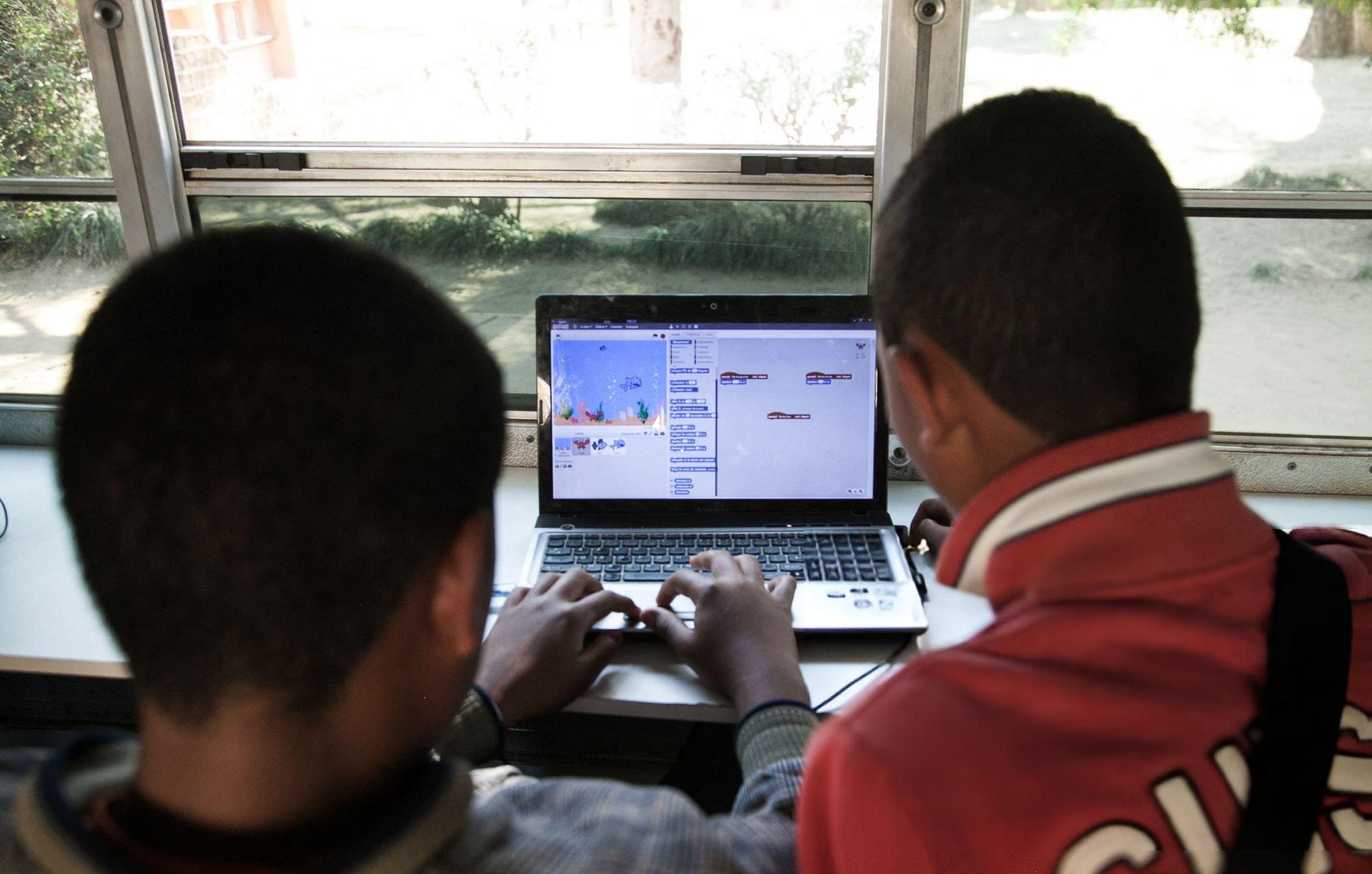Introduction: The Magic of No Code Game Development
Have you ever dreamed of building your own game but felt stuck because you don’t know programming? You’re not alone. For years, coding knowledge was seen as the biggest barrier between creativity and game design. Today, that wall is gone. Thanks to no code game development tools, anyone can bring their ideas to life—even if they’ve never written a single line of code.
When I first tried creating a game, I thought I’d need months to learn languages like C# or JavaScript. Instead, I discovered free no-code platforms that let me design characters, build levels, and even publish my creation in a single weekend. That feeling of seeing my ideas come alive on screen was unforgettable.
This article will walk you through how to start your first no code game development journey, what tools to use, common mistakes to avoid, and insider tips that make the process fun and rewarding.
Why No Code Game Development Matters for Beginners
Traditional game development is powerful, but it can feel overwhelming. You have to learn syntax, frameworks, and debugging before you can even design your first level. That’s where no code tools change the story. They strip away the technical barriers and focus on creativity.
For beginners, students, or aspiring entrepreneurs, this means you can test ideas faster. Instead of spending months on technical basics, you get to design, experiment, and see results immediately. This approach also builds confidence. By starting simple, you develop a strong foundation in storytelling, user experience, and game mechanics—skills that matter more than raw coding in many cases.
The gaming industry itself is taking notice. According to a Statista report, the no-code and low-code market is expected to reach over $65 billion by 2027, and game development is one of the fastest-growing segments. That means the games you create today could inspire a trend tomorrow.

The Core Elements Every Beginner Game Needs
Before diving into tools, let’s quickly break down the basic elements that make up any game:
-
Characters and Players: Who the user controls.
-
Environment: The world where your game happens.
-
Goals: What players try to achieve, like collecting coins or escaping obstacles.
-
Rules: The mechanics that decide how the game works.
-
Feedback: Rewards, sounds, or visuals that show progress.
No code platforms provide drag-and-drop interfaces for each of these. You won’t need to write if-else statements; instead, you can use visual logic or templates that make it as easy as arranging building blocks.
Best Free No Code Game Development Tools in 2025
Now let’s talk about the real stars: the tools that make no code game development possible. Below is a comparison of some of the most popular free platforms.
| Tool | Best For | Strengths | Weaknesses | Example Games |
|---|---|---|---|---|
| Scratch | Absolute beginners & kids | Simple drag-and-drop, huge community, easy tutorials | Limited to 2D, basic graphics | Story-based games, puzzles |
| GDevelop | Beginners & indie creators | Free, open-source, cross-platform publishing | Slightly less polish than pro engines | Platformers, arcade-style games |
| Construct 3 (Free Plan) | Quick prototyping | Web-based, no installation needed | Free plan has export limits | Mobile mini-games |
| Gamefroot | Classroom learning | Education-focused, collaborative projects | Not as advanced for pro publishing | Learning projects, school games |
| Core Games | Advanced creativity with no code | 3D worlds, multiplayer support | Requires more learning time | Adventure & shooter games |
When I first tested GDevelop, I built a simple “dodge the falling blocks” game in under two hours. The drag-and-drop event system made sense almost instantly, and the thrill of exporting my game to mobile was beyond rewarding.
Step-by-Step Guide: Building Your First Game
So how exactly do you create your first game using these tools? Here’s a practical flow:
Step 1: Pick Your Tool
Select a platform that aligns with your comfort level. If you’re new to programming, Scratch or GDevelop are excellent starting points.
Step 2: Define a Simple Idea
Don’t aim for the next Elden Ring. Start with something small, like a jumping platformer, a maze, or a “catch the falling objects” style game. A small, fun game teaches you more than a big, unfinished one.
Step 3: Design Characters and Backgrounds
Most tools come with asset libraries. You can use built-in characters or upload your own designs. When I made my first project, I used free sprites from itch.io, and they worked perfectly.
Step 4: Add Rules and Mechanics
Use drag-and-drop events to set conditions. For example, “If character touches coin, add +1 score.” It feels almost like writing sentences instead of code.
Step 5: Test and Iterate
This is the fun part. Play your game, see what feels clunky, and adjust. Testing isn’t just for bugs—it’s for balance. Does the game feel too hard? Too easy? Adjust until it’s engaging.
Step 6: Publish and Share
Most platforms let you export to web, mobile, or desktop. Share with friends, classmates, or even online communities like Reddit’s r/gamedev. Getting feedback will make you a better creator.
Common Struggles Beginners Face (And How to Overcome Them)
One of the biggest hurdles is perfectionism. Many new creators get stuck trying to make their first game flawless. The truth? Your first game will likely be simple and maybe a little clunky, but that’s okay. Every pro developer started with something basic.
Another challenge is feature creep. You start with a simple idea, then think, “What if I add levels, enemies, multiplayer, and custom music?” Suddenly, the project feels impossible. My advice: lock your scope early. Finish the core idea first, then add extras if you still have energy.
Finally, some beginners underestimate how important testing is. Playing your own game helps you see problems no tutorial can predict. I once made a puzzle where I forgot to include a restart button—friends laughed when they got stuck. That small mistake taught me more than any guide.
Tips for Making Your Game Fun and Memorable
If you want players to enjoy your game, focus on engagement. A game doesn’t need fancy graphics to be fun. Think about classic titles like Tetris or Flappy Bird. They’re simple, but addictive.
Sound design is another underrated factor. A little “ding” when you collect points can make the experience feel rewarding. Music sets the mood, whether it’s calming for puzzles or fast-paced for action.
Lastly, add personal touches. If you love cats, make a cat-themed game. If you enjoy sports, design a mini basketball challenge. Players connect with games that feel unique, even if they’re simple.
FAQs on No-Code Game Development
Can I publish no-code games on app stores?
Yes. Platforms like GDevelop and Construct allow exporting to Android and iOS. You might need a developer account for Google Play or Apple Store, but the creation part is free.
Do no-code games make money?
Some do. Indie developers have released no-code games with ads or in-app purchases. While you may not earn millions at first, it’s a great way to test business ideas.
Will no-code skills help me if I later learn coding?
Absolutely. Game design principles—like balancing levels, engaging players, and telling stories—apply in all forms of development. Learning no-code first gives you a head start.
Conclusion: Your First Game Is Just the Beginning
Building your first game with no-code game development tools isn’t about perfection. It’s about starting. The moment you see a character jump on screen because you told it to, you realize the power of creation is in your hands.
I still remember the excitement of showing my first simple game to a friend. It wasn’t polished, but the smile on their face when they played reminded me that games are about joy, not technical mastery.
So don’t wait for the “right time” to learn coding. Open a no-code platform today, sketch out your idea, and start building. The game you create might be small, but it’s the first step toward a much bigger journey in creativity, entrepreneurship, and technology.
Sources
-
Statista – Market growth data for no-code and low-code development
-
Statista. Low-code and no-code development platform market revenue worldwide from 2018 to 2027.
-
-
MIT Scratch – Official page for Scratch, one of the most popular free no-code game tools
-
MIT Media Lab. Scratch – Imagine, Program, Share.
-
-
GDevelop – Open-source no-code game development platform
-
GDevelop. Create games without programming.
-
-
Construct 3 – Well-known no-code/low-code game engine for beginners
-
Scirra Ltd.
-
-
Core Games – No-code platform for multiplayer 3D experiences
-
Core Games. Create and play games for free. Core Games Official Website
-
-
Unity Blog – Insights on game development trends (even though Unity is code-based, it’s authoritative for industry insights)
-
Unity Technologies. Trends in Game Development 2024.
-
-
VentureBeat – Industry reporting on no-code and gaming innovation
-
VentureBeat. How no-code tools are changing the future of gaming.
-
-
Gamasutra (Game Developer) – Leading publication on game design and industry practices
-
Game Developer. Articles on game design and development.
-

